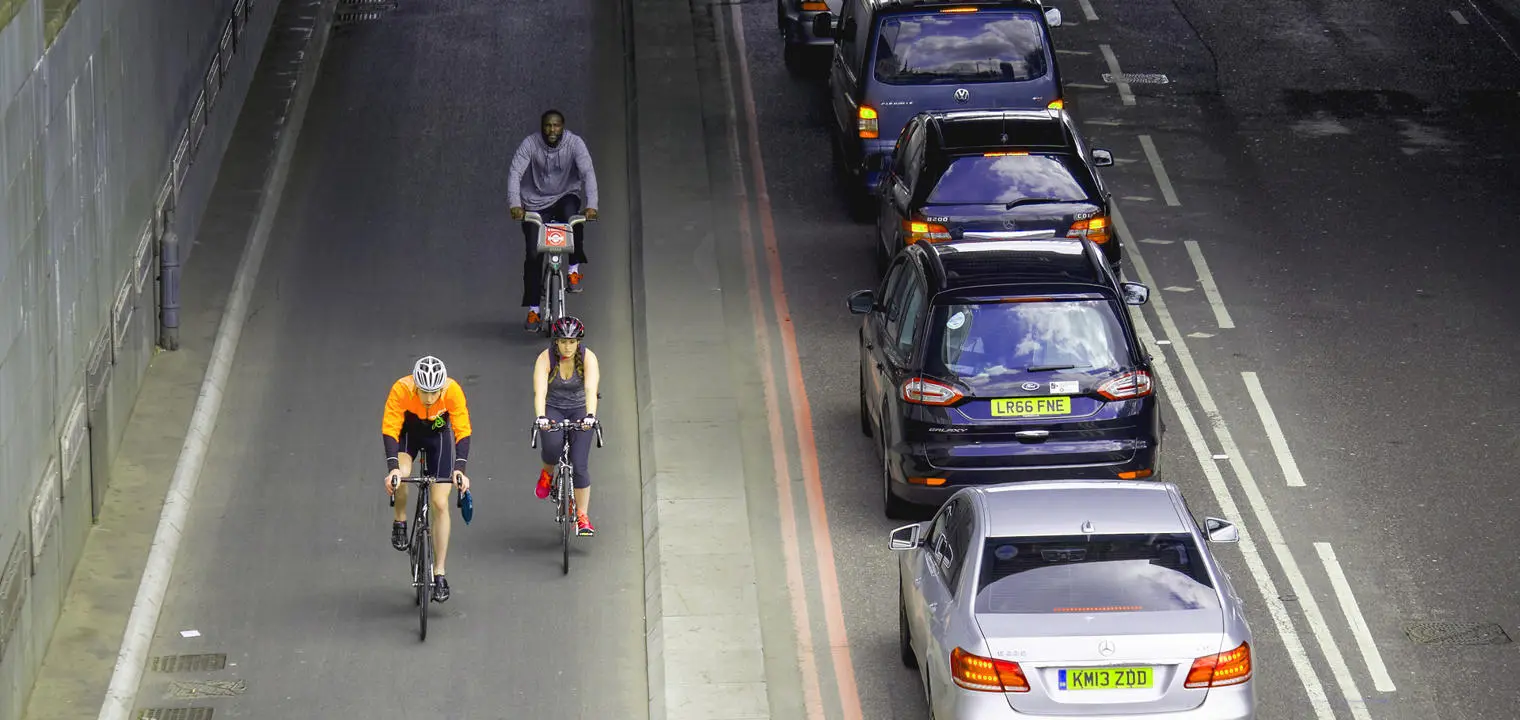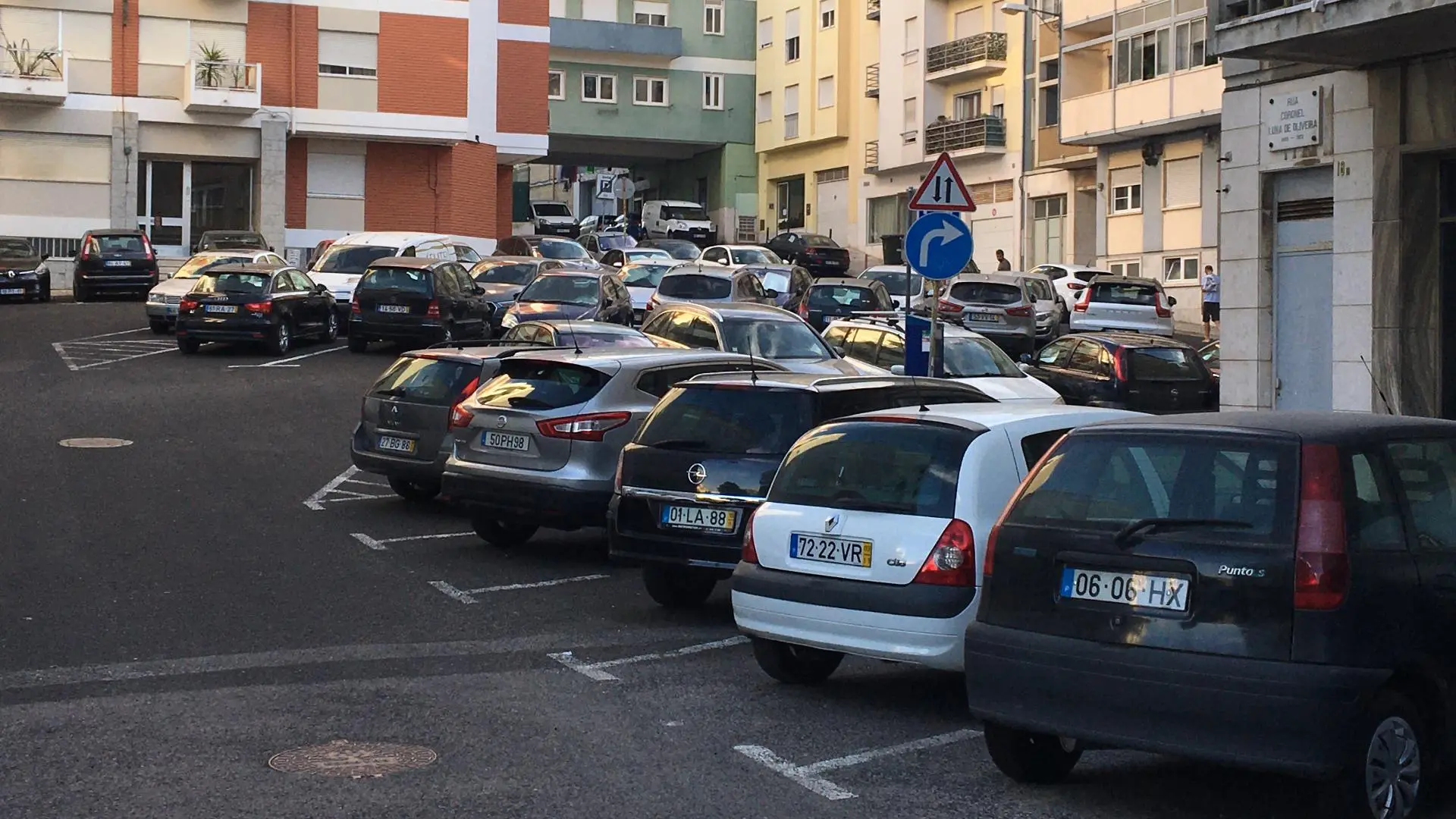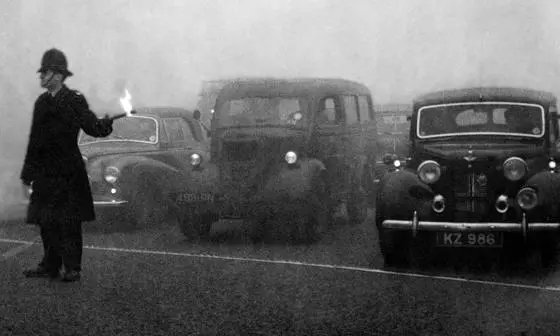Overcoming urban car dependence

Contents
For decades, a broad societal consensus in Europe has been rejecting the idea of a car-oriented city – a concept which still enthused planners, politicians and the public until the late 1960s. Today, the bulldozing of entire urban neighbourhoods to make space for urban motorways, generous exit ramps and large-scale surface parking has become an absurd proposition. Yet, there is far less agreement about the degree to which cities should overcome car dependence and become car-lite, or even car-free, by offering alternative transport modes, localising urban opportunities, prioritising high quality public space and directly dis-incentivising car use.
Recent developments in automobility are contradictory, disorienting and hard to make sense of. On the one hand, car ownership continues to increase in most societies. National transport policy operates as industrial policy, targeting improved vehicle propulsion rather than better transport systems. The automotive sector is using electrification to turbocharge "autobesity" – the shift to ever heavier, larger and more powerful SUVs – instead of focusing on lightweight, compact and efficient electric vehicles, while motorists today are even more likely to drive alone than in the past.
On the other hand, cities are overcoming the dominance of cars within their streets and public spaces. Cities across Europe, including Paris, Tirana, Milan, Vienna and London, are rolling out ambitious interventions, ranging from a considerable redistribution of street space to higher parking fees and road pricing. Emission controls and clean air initiatives are complementing these while a reduction of speed limits is becoming the new normal. Alongside land-use change, digital connectivity, new mobility services and preferences, policy interventions have considerably reduced the reliance on conventional car use.
[at the local level] it becomes most obvious that a dominance of car-based mobility is incompatible with the fundamentals of good cities.

160 sqm - the space requirement per person when driving at 50 km/h; 97 per cent - the amount of time cars are parked and not used.
Car-centric policies are incompatible with improved urban life
It is not surprising that policy priorities vary across scales of government, with the local level concerned most with organising complex urban space exposed to competing demands. It is here where it becomes most obvious that a dominance of car-based mobility is incompatible with the fundamentals of good cities, above all due to its excessive space consumption.
For citizens, this translates to a question of choice and coherence beyond transport preferences. A choice between urban living in attractive inner-city areas which only allows a small minority to own and use cars, or opting for suburban life which more easily accommodates cars, but in turn creates car dependence with longer journeys, less attractive public transport and fewer opportunities for walking and cycling distances.
While this choice may be one of affordability, individual preference and aspiration, society-wide implications must not be ignored. Societal costs of car use linked to carbon emissions, road crashes, air pollution, space consumption, health and community severance are enormous. A recent study for Germany, for example, found that these add up to annual costs of about €5,000 per privately owned car. Accommodating car growth with additional road infrastructures further accelerates urban sprawl and indirectly contributes to even greater costs of large-scale de-densification and peripheralisation of urban agglomerations.
To counteract such risks, an LSE Cities/OECD paper published for the COP26 climate conference in Glasgow identified seven fundamental policy shifts, including support for affordable neighbourhoods with more local opportunities as well as the full incorporation of communication technologies and the logistics sector into urban transport policy.
There are few policy domains where the mere suspicion of being limited, restricted or constrained leads to stronger reactions and outright rage than transport.
From car culture to culture wars: the critical role of perceived fairness
Related policies will have to acknowledge the tough politics of altering the status quo. There are few policy domains where the mere suspicion of being limited, restricted or constrained leads to stronger reactions and outright rage than transport. Arguably, attempts to manage car use have increasingly become a trigger for strong responses and fierce battles not limited to social media, with fundamental concerns about personal freedoms, individual self-determination and state overreach blending with status anxiety and loss aversion. In an instant, transport policy has become part of a culture war where car use is threatened by a "tyranny of proximity" or even "climate lockdowns".
Whatever the motivation, the polarising effect of transport policy is real and becomes even greater when it can be framed as unfair, as harming disadvantaged groups or as an attack on opportunities in cities. In this regard, it is fundamentally important that progressive urban transport is not equated with a reduction in accessibility or opportunities for people. Preliminary findings of the pan-European research project MyFairShare, which LSE Cities is part of, confirm a differentiated understanding of fairness in transport by the general public depending on how policies are framed. Considerable support exists, for example, for transport policy compensating for wider societal inequalities, securing minimum standards and centrally considering basic needs.
Understanding perceived notions of fairness and how these can be negotiated can also build on increasingly robust insights on mobility attitudes and motives. Two past LSE Cities projects relate to this. The first identified six mobility attitude groups for London and Berlin and revealed that only a relatively small group of 13 and 16 per cent respectively have a considerable level of attachment to automobility which policy would struggle to overcome. The second explored underlying motives influencing people’s choice of transport mode and the perceived attractiveness of alternative options, considering price, speed, flexibility, safety, emission reduction, conforming, fitness, status, privacy, comfort, congestion reduction and fun. The study revealed that motives of existing use of a transport mode differ from the motives that might explain switching to this mode.
Technology, narratives and leadership for transport transitions
Historically, the transport sector has been a prime example of technological innovation as reliable change maker. Two major transformations are currently anticipated. The first are autonomous vehicles which will eventually become a unique opportunity for overcoming the requirement and desire for vehicle ownership. For such vehicles to support urban mobility, a greater variety of vehicle sizes and passenger numbers helping to better utilise the use of existing street space will be critical.
The second transformation is the ever-increasing potential of virtual connectivity, already starting to substitute conventional motorised mobility. While this will more fundamentally change the logic of cities, it can also lead to more meaningful in-person experiences in urban spaces no longer compromised by the negative externalities of car dependence.
But how new transport technologies are adopted by societies is not a neutral process. Besides the considerable implications for work, investments and cultures across the entire supply chain of the transport industrial complex, it is the negotiation of transport transitions among citizens which will remain difficult for the foreseeable future. More consensual narratives for this transition may help to counteract polarisation. Among these may be a clear agenda for affordable mobility and preparedness for energy price shocks which, in turn, could garner support for public transport and new mobility services as the backbone of urban transport.
Similarly, the provision of safe and enjoyable environments for children in cities has considerable potential to unite diverse communities around efforts to reduce traffic speeds and volumes, air pollution and on-street parking. And finally, a new desire to connect with nature and green spaces within urban neighbourhoods may provide a positive and potentially less politicised argument for the redesign of our streets and other grey infrastructural spaces.
Ultimately, however, it is political leadership that will have to make use of such narratives, activate the latent technological opportunities, and synchronise their actions with social tipping points to enable better access to opportunities in cities. Cities have a name for such leaders: mayors.
Download a PDF version of this article




